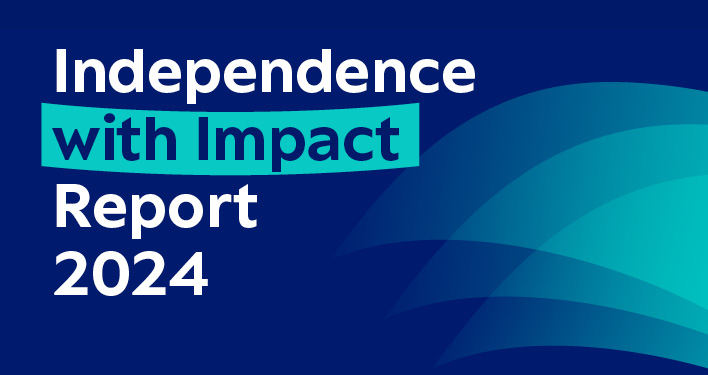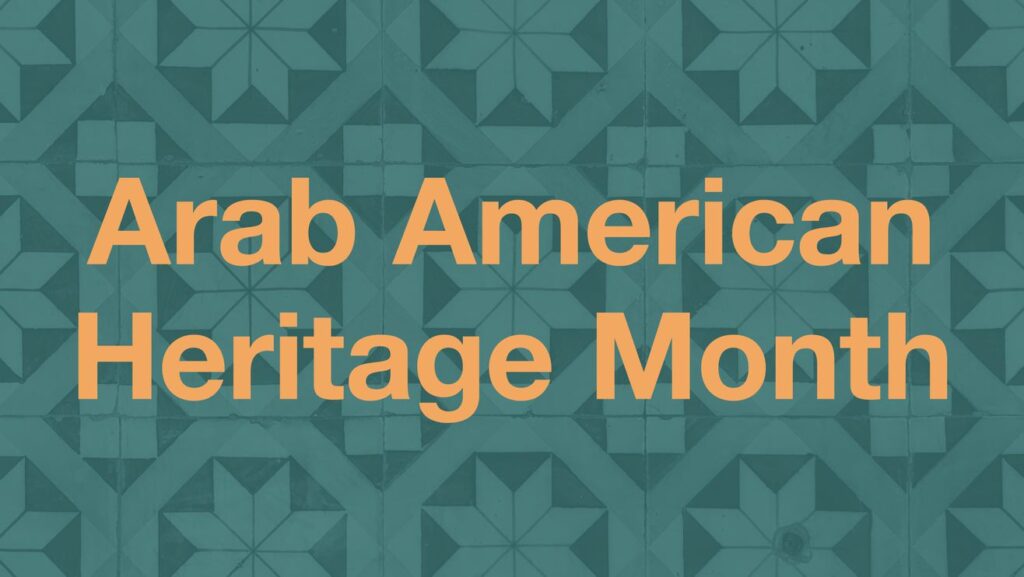The Art of Referencing in Scholarly Articles
 The reference section of an academic work is more complex than you might think. The references not only provide validity to one’s argument, but initiate meaningful discussion with the scholarly community. So how can authors ensure that their references are successful? Allison W. Pearson of Mississippi State University and Family Business Review Editor-in-Chief Pramodita Sharma discuss the process for perfecting citations in their editorial “Referencing in Scholarly Articles: What Is Just Right?”
The reference section of an academic work is more complex than you might think. The references not only provide validity to one’s argument, but initiate meaningful discussion with the scholarly community. So how can authors ensure that their references are successful? Allison W. Pearson of Mississippi State University and Family Business Review Editor-in-Chief Pramodita Sharma discuss the process for perfecting citations in their editorial “Referencing in Scholarly Articles: What Is Just Right?”
From the editorial:
The scholarly reference (1) gives credit to the original source of materials used and (2) provides
evidence of the depth and breadth of scholarly work, via the materials reviewed, integrated, and synthesized to form the basis of the research. The reference list of a manuscript reflects the authors’ due diligence in exploring and understanding the research topic. To situate its contribution, a scientific text must establish a context and convey to readers the extent and nature of its relationship to the existing literature. References are the means to establish this context and the nature of contribution (Locke & Golden-Biddle, 1997).
References, then, serve as a critical component of the scholarly article, worthy of careful time and attention by authors, and careful review and evaluation by reviewers and readers. The goal of this editorial is to provide a thought-provoking discussion of references in the scholarly manuscript and identifying key points to be considered in selecting and presenting references for publication in family business and other areas in management and organizational research.
You can read “Referencing in Scholarly Articles: What Is Just Right?” from the September 2015 issue of Family Business Review. Like what you read? Click here to sign up for e-alerts and have all the latest news and research from Family Business Review sent directly to your inbox!


























































































